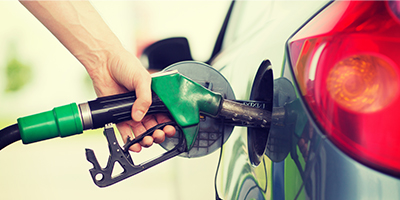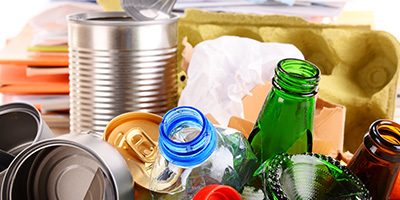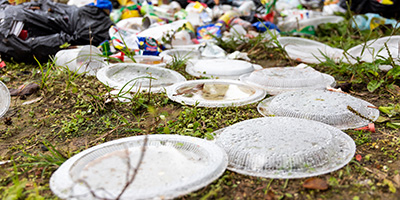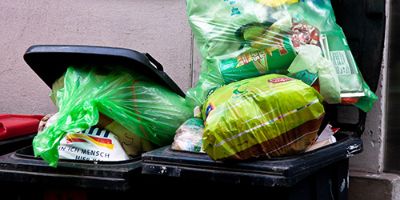Waste Industry Facts and Statistics
Catch the latest news and statistics about landfills and trash, following waste from its creation to final destination.
Landfills
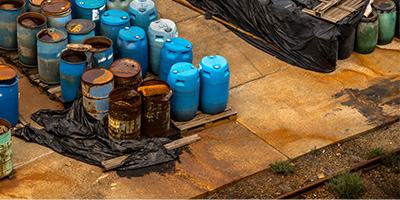
Learn about hazardous waste landfills and how these disposal sites properly handle harmful materials so you can safely get rid of them when you need to.
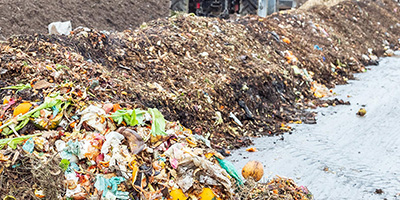
A recent trend in the U.S. is the emergence of green waste landfills. We’ve got the info you need, from why compost landfills are important to how they’ll benefit the environment.
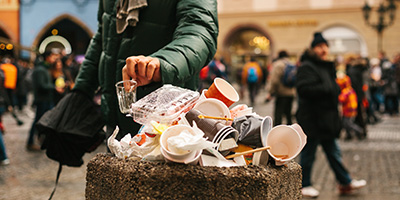
After you throw your garbage away, it's usually sorted at a transfer station then sent to another facility. Start here to learn where your trash goes next.
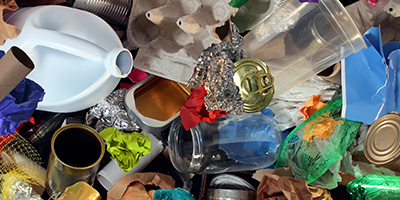
While the recycling rate in the U.S. has dropped, the total tonnage is at an all-time high. Learn all about the current American recycling landscape.
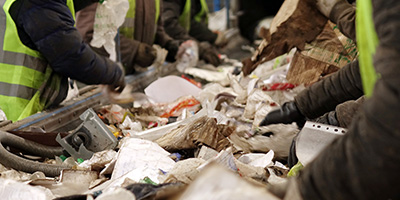
Ever wonder what happens at a waste transfer station? Find out exactly how they work, and the important role they play in managing our trash.
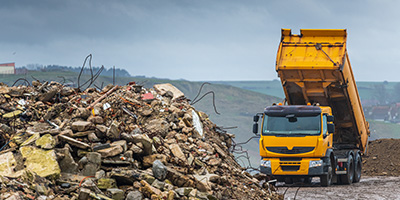
Learn about the four main landfill types — MSW, industrial, hazardous and green — and how each works to ensure your trash is properly taken care of.
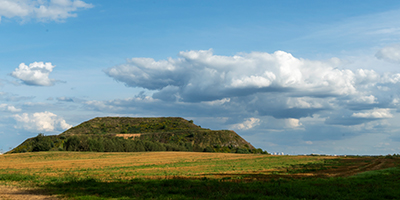
Curious what happens after a landfill is capped? Many are transformed into useful community spaces like parks, wildlife habitats or green energy projects.
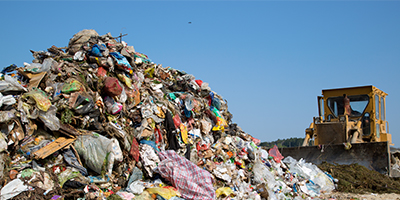
Sanitary landfills operate by layering waste and tightly sealing it. Experts monitor the drainage and gas collection systems beneath the waste for leaks.
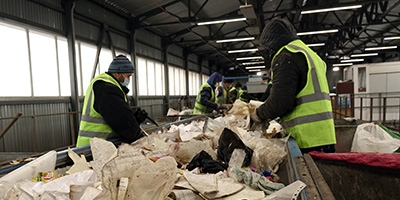
After garbage is tossed, the majority of it is sent to a landfill to decompose, while recyclables are sorted and repurposed in a recycling center.
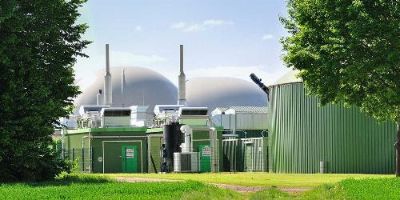
What is anaerobic digestion? It’s a process that aims to turn waste into renewable energy. We talked to the experts to learn how anaerobic digestion works and the potential benefits.
Trash Statistics

Plastic bags can contaminate food sources when improperly disposed, but will your food be exposed to bacteria without them?

After you throw your garbage away, it's usually sorted at a transfer station then sent to another facility. Start here to learn where your trash goes next.
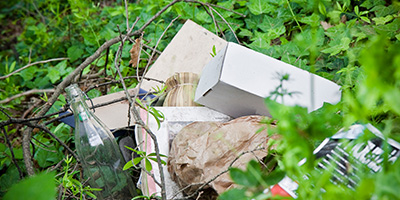
Illegal dumping can do more than just harm the environment. It can also cause property values to fall and cost taxpayers money to clean up the mess.

While the recycling rate in the U.S. has dropped, the total tonnage is at an all-time high. Learn all about the current American recycling landscape.

After garbage is tossed, the majority of it is sent to a landfill to decompose, while recyclables are sorted and repurposed in a recycling center.
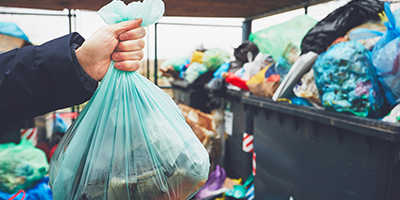
The U.S. produces 268 million tons of waste — 140 million going into landfills — each year, with the average American tossing 4.5 pounds of trash per day. Learn more about America's trash production.

